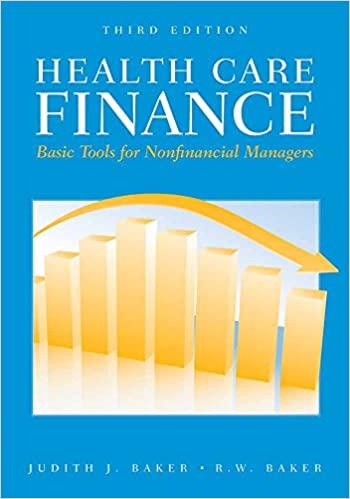Question
Imagine a bank that can lend to high-risk and low-risk borrowers, with a total measure of one, in two successive periods. Each borrower would like
Imagine a bank that can lend to high-risk and low-risk borrowers, with a total measure of one, in two successive periods. Each borrower would like to borrow 1 from the bank each period to invest in a project.
The low-risk borrowers project yields G=5 with probability =0.7.
The high-risk borrowers project yields B=8 with probability =0.3
Each project yields nothing if it is unsuccessful.
The bank is aware of the proportion of borrowers that are risky, =0.4, however, is unable to distinguish between low-risk and high-risk borrowers.
(a) Assume the bank acts as a monopoly that wants to attract both low and high-risk borrowers in the first period
- Work out the repayment rate that the bank charges in the first period, R1. Also, calculate the banks profit in the first period, 1.
- Work out the probabilities of a borrower being low-risk given that the project was successful and when the project failed after the first period, Prob(G|S) & Prob(G|F).
- Work out the rate at which the bank will charge the successful and failed borrowers in the second period, RS2, RF2. Also, compute the banks profit in the second period, 2.
(b) Assume now that the bank only wants to lend to high-risk borrowers in the first period. Workout the banks total profit across the two periods. Does this bring the bank more profit than the previous strategy in a)?
(c) Assume now that the bank operates under perfect competition across both periods. Work out the repayment rate, R1
Step by Step Solution
There are 3 Steps involved in it
Step: 1

Get Instant Access to Expert-Tailored Solutions
See step-by-step solutions with expert insights and AI powered tools for academic success
Step: 2

Step: 3

Ace Your Homework with AI
Get the answers you need in no time with our AI-driven, step-by-step assistance
Get Started


